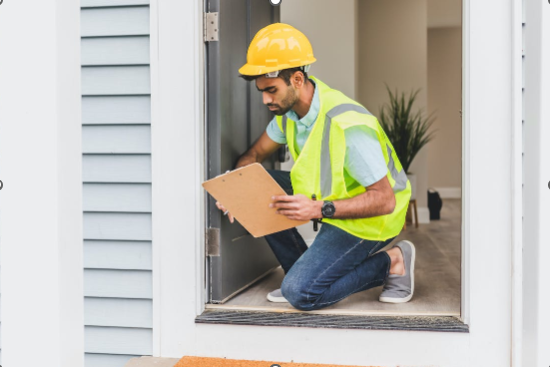How to Identifying Structural Problems in Your Philadelphia Property
4 min read
Build equity, enjoy tax deductions, and have the freedom to customize your property as you wish; these are some of the perks of owning a home. However, it also comes with many responsibilities, and maintenance is one of the most important.
Depending on the quality of construction and sometimes factors beyond your control, such as weather, your property will start showing signs of deterioration. While this isn’t always alarming, it’s a serious issue that needs to be resolved urgently. Ignoring structural damages causes substantial losses from repairs and could even lower the property’s value.
One of the leading causes of structural problems in Philly comes from nearby constructions. So, if your neighbor is excavating, constructing, or demolishing, you may notice sudden changes in your property, which means it’s likely compromised.
Knowing how to identify structural problems will help you take immediate action to save your investment. And that’s what this guide is about; read on to find out!
What is Structural Damage?
Structural damage is basically the harm to the integral parts of a property that compromise its construction.
In Philly, intense floods are the leading cause of structural damage. However, other natural causes include soil movement, storms, and earthquakes. Even a property being around for a while could cause structural damage as the structure deteriorates.
Sometimes, it comes from our actions, such as making poor foundation or accidents like a tree hitting the property triggers structural issues.
Although every property deals with wear and tear at some point, structural damages can come as a surprise especially when the property is relatively young. So, resolve the issues immediately to keep everyone safe and cut serious financial hits.
5 Tips to Identify Structural Damage in Your Property
-
Consult a Professional
Dealing with a structural problem is serious, so leave it to professionals if possible.
While doing it yourself could save you some cash, the consequences of missing critical issues could be far more damaging.
This is why working with a licensed structural engineer is a good idea. It allows you to do a thorough inspection that leaves no stone unturned. They have the expertise and specialized tools that help them detect even the tiniest issues that are not obvious to untrained eyes.
While issues like cracks on walls and moisture can be easily identified and fixed, some, like foundation damage, are irreversible. For peace of mind in structural repair Philadelphia, work with the finest in the industry. Hire someone with experience and a proven track record. To establish their reputation, research reputable home repair reference sites, review sites, and social media.
-
Go Through the Previous Inspection Reports
The previous inspection report is another great place to look at that points you in the right direction.
An inspection report comes in handy, especially when buying a new property. The report should be certified by a licensed inspector and offer insights into red flags on the roof to the property’s foundation. What are the recommendations, and did the issues get resolved?
But while the report tells the property’s history, don’t over-rely on it. It’s advisable to carry out your fresh inspection for more accuracy on the property’s current status.
- Visual Inspection of the Exterior
A good look at the property can reveal how firm the structure stands.
Performing a thorough visual inspection that covers all your property’s interior and exterior aspects helps spot signs of weaknesses in the form of cracks, uneven floors, leaning walls, or sagging roofs.
The key items to check for potential structural damages include surfaces, windows and doors, roof, foundation, chimney, attic, and electrical and plumbing systems.
While examining each component, try to identify any changes in functionality, color, state, or alignment, as they could show underlying structural problems.
-
Inspect the Roof and Attic
The roof quality gives insights into the foundational elements of a property. A well-constructed home should have a strong roof that protects the house from harsh weather elements. Take you time to inspect the roof thoroughly and hopefully identify issues like cracks, sagging roof or ceiling, leaning walls, or missing roofing components, that indicate the roof system is not intact.
However, the roof might look safe somtimes, which is why you should properly inspect the attic for damaged or broken trusses, sagging framing, etc, which reveal potential structural issues.
-
Inspect the Foundation
At the core of the property’s structural integrity is foundation, so it deserves a serious inspection. Some of the issues to look for are unevenness, cracks, and spongy or bouncy floors. Foundation problems could be caused by flooding, soil shifts, leading to uneven weight distribution.
All these factors ultimately impact the property’s stability and structural integrity, causing safety concerns.
Conclusion
Investing in a property is everyone’s dream and one of the best ways to build wealth, so prioritize its maintenance to preserve and improve its value.
Regular inspections are sure to pinpoint potential structural issues before they become more serious. Overlooking, even minor structural problems often lead to costly repairs.
Now you have crucial tips to make identify structural issues stress-free. If you suspect structural damage, consider hiring an experts who deeply understand Philadelphia properties. This way you can get practical solutions to fix the issues properly, improving safety and safeguarding your investment.






